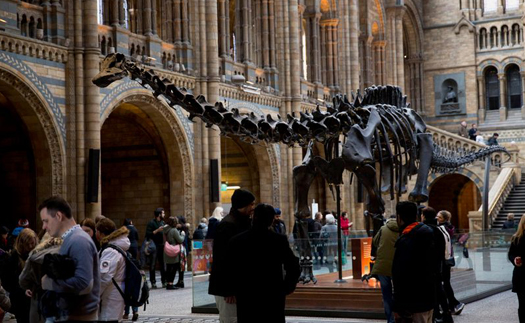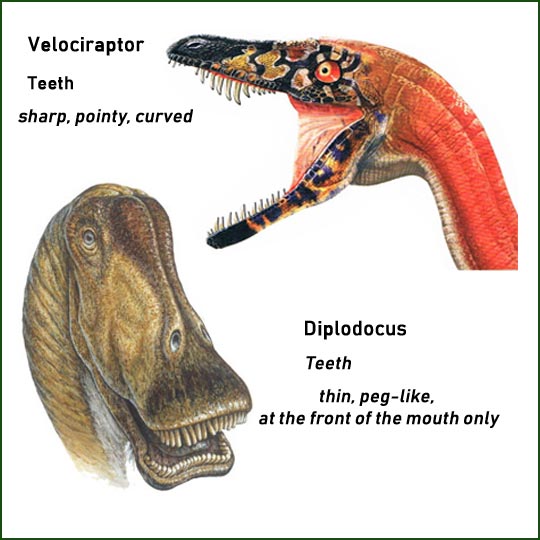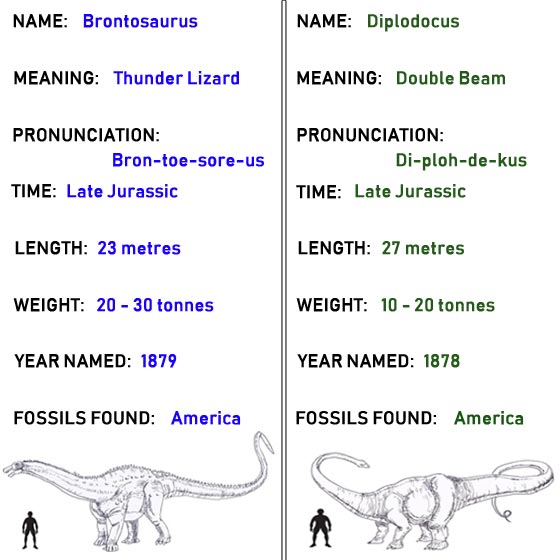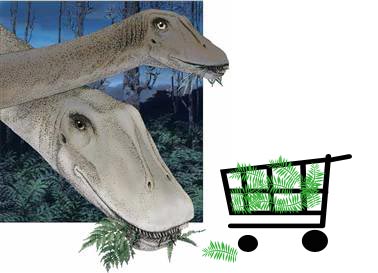Answering Intriguing Questions About Diplodocus
Class 1 at Ysgol Bro Carmel Enquire About Diplodocus
The children in class 1 at Ysgol Bro Carmel Nursery and Primary School in North Wales have been learning all about dinosaurs this term. The class teacher, Mrs Metcalfe emailed Everything Dinosaur and explained that as part of the diverse and varied teaching programme, the eager, young palaeontologists had some questions about Diplodocus for us. A diplodocid had been spotted in the school yard and the children had been writing instructions on how to trap this long-necked dinosaur. Could Everything Dinosaur offer some assistance?
Diplodocus on Display at the Natural History Museum (London)

Answering Questions About Dinosaurs and Diplodocus
What Did Dinosaurs Eat?
Palaeontologists can work out what extinct dinosaurs liked to eat by looking at their fossilised teeth. The shape of the teeth can tell a scientist a lot about the type of food that dinosaurs ate. The teeth of Velociraptor are sharp, pointed and curved. This suggests that Velociraptor was a meat-eater (carnivore). The teeth of diplodocids are a very different shape when compared to the teeth of the fearsome Velociraptor. Diplodocus only had teeth at the front of its mouth, these teeth were thin and looked like pegs.
Comparing the Teeth of a Meat-eater (Velociraptor) to the Teeth of a Plant-eater (Diplodocid)

Picture credit: Everything Dinosaur from original illustrations by Michael Skrepnick and Zhao Chuang
Diplodocus was a plant-eater (herbivore), this dinosaur probably spent most of his life eating plants.
How is Diplodocus Different from Brontosaurus?
Diplodocus and Brontosaurus were closely related. Both were plant-eaters and they probably liked to eat the same types of plants. These long-necked dinosaurs lived in the Late Jurassic and their fossils have been found in the same country (United States of America). Diplodocus was different from Brontosaurus in a number of ways. It had a much longer tail and its neck was longer and more slender than Brontosaurus. Brontosaurus was probably much heavier than Diplodocus.
Similarities and Differences Between Brontosaurus and Diplodocus

Picture credit: Everything Dinosaur
How big is a Diplodocus?
We have provided some information about the size of Diplodocus in the picture above. Can the children work out how much longer Diplodocus was compared to Brontosaurus? Why have we put a picture of a person next to our two dinosaur drawings (above), can the children think like scientists and come up with the answer?
How Could We Trap a Diplodocus if it was Alive?
Trying to trap a Diplodocus might be quite dangerous, after all, this plant-eating dinosaur was much bigger than any land animals alive today. The children have probably come up with some amazing ideas and suggestions. You could dig a big pit and cover it with tree branches then chase the Diplodocus towards the hole, if the Diplodocus fell in, it would probably get stuck, so long as the hole was deep enough. However, this might hurt the dinosaur, so perhaps instead of trying to force the dinosaur to try and do something, it might be better to persuade it to come to you.
Since Diplodocus needed to eat a lot of plants, class 1 could perhaps persuade it to come and visit them by putting out some of its favourite food. If the children collected lots and lots of ferns (Diplodocus probably ate around 200 kilograms of plants every day), filling a shopping trolley with Diplodocus treats, might persuade the dinosaur to come and visit the children in the playground.
Attracting Diplodocus into the Playground by Providing Some of its Favourite Food

People attract dinosaurs into their gardens every day, even though they probably don’t realise they are doing this. Birds are so closely related to dinosaurs, that we should not call birds “birds” at all. They are “avian dinosaurs”. If you have a bird table at your school or in your garden you can watch dinosaurs feeding. Check out the feet on birds like the sparrow, thrush and blackbird, they have claws just like a dinosaur and they walk on three toes just like Tyrannosaurus rex!
How Long is the Neck of a Diplodocus? How Long is the Tail of Diplodocus?
A complete fossilised neck of Diplodocus has never been discovered. All the bones that make up a tail of a Diplodocus have never been found. When you visit a museum and see a spectacular mounted skeleton like “Dippy” the Diplodocus which used to be on display at the Natural History Museum (London), the skeleton you see consists of the bones of several individuals put together to make a single exhibit.
Missing bones are made as models and added to the skeleton to make it look complete. Most palaeontologists think that Diplodocus had around fourteen or fifteen neck bones and the neck measured about eight metres long. A baby Diplodocus had a relatively short neck, when it hatched (as far as we know, all dinosaurs hatched from eggs, just like birds today), as the Diplodocus grew, its neck got longer and longer. The whip-like tail of Diplodocus was longer than its neck. Size estimates for the tail of a Diplodocus are difficult to make, but Everything Dinosaur’s fossil experts suggest that the tail of a fully-grown Diplodocus could have been around fourteen metres long, that’s longer than a Badminton court!
Comparing a Diplodocus to Large Land Animals Alive Today

Picture credit: Everything Dinosaur
Our thanks to all the children in class 1 at Ysgol Bro Carmel Nursery and Primary School, we hope our answers to your questions help you with your term topic.
Visit the award-winning Everything Dinosaur website: Everything Dinosaur.

